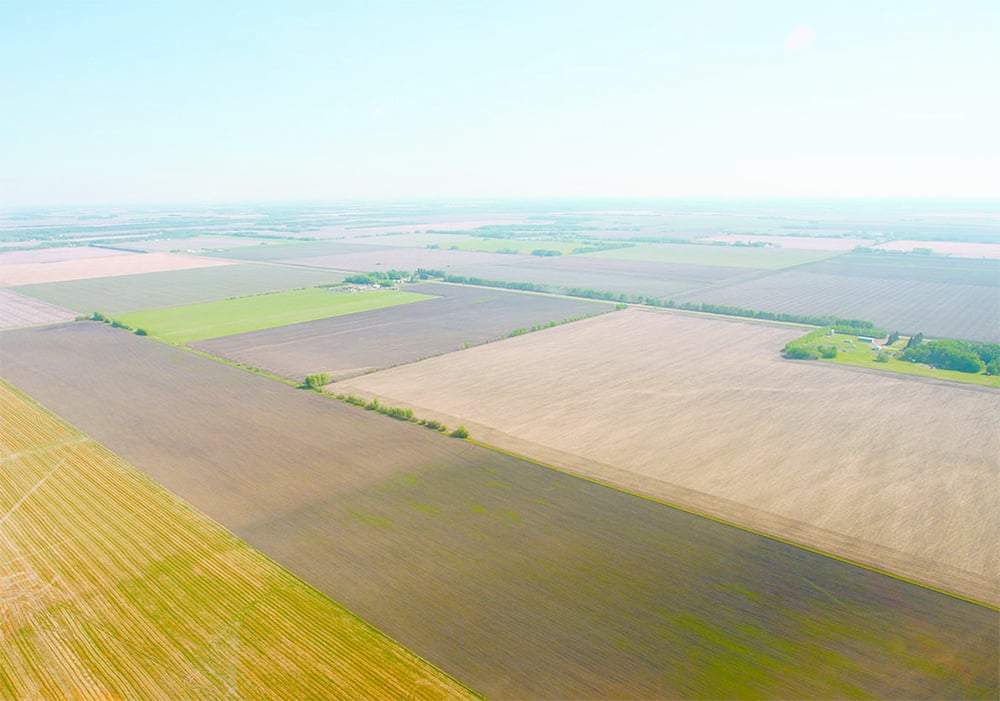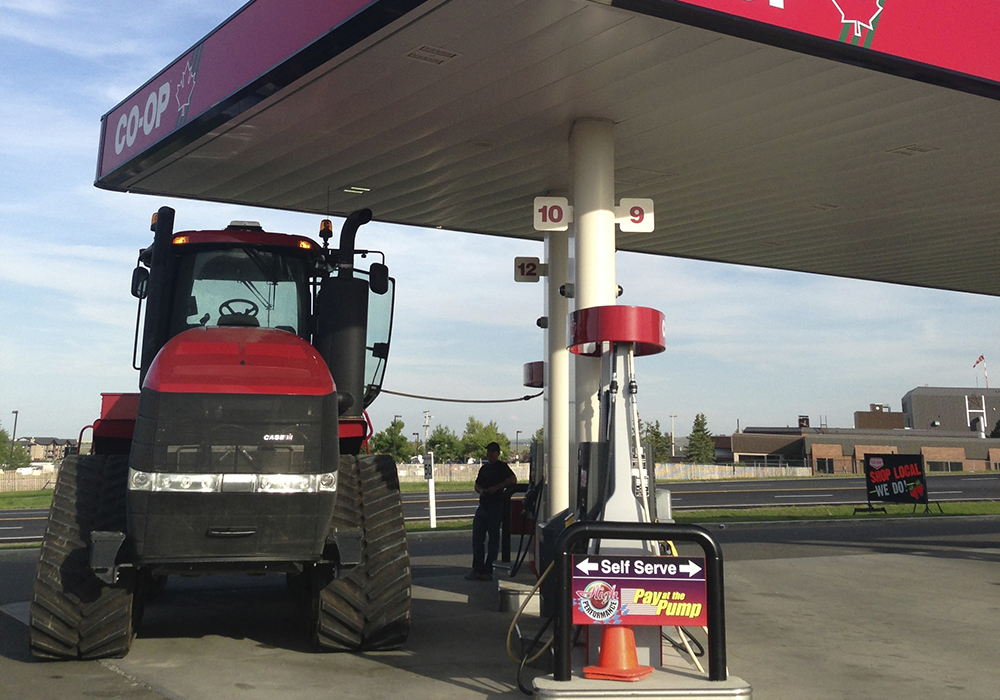Government is a strange beast when it comes to taxes. It provides preferential rates on income from dividends, capital gains or even a qualified farm property lifetime capital gains exemption but if you take advantage of these routes to calculating your taxes, government reserves the right to charge you more taxes just because it can.
The mechanism is called the alternative minimum tax and exists at both the federal and provincial levels.
The way the AMT works is you must calculate the amount of taxes you owe by using two parallel methods. One method is the regular calculation that applies all the tax rates, credits and deductions that would normally affect your circumstance. The second method is using the AMT method. Whichever generates the greater amount of taxes for government, that is the amount you have to pay. This could happen even if you still have room in your lifetime capital gains exemption. Something like passing on the farm to the next generation of your direct family could trigger the AMT.
Read Also

Proactive approach best bet with looming catastrophes
The Pan-Canadian Action Plan on African swine fever has been developed to avoid the worst case scenario — a total loss ofmarket access.
If the farm was owned by you, your spouse or common-law partner or by a family partnership and most of the revenue earned by these entities came from farming in the 24 months prior to sale, AMT could come into effect.
There is a silver lining to paying the AMT, although it’s not all that shiny. Your AMT payment can be applied as a credit against future taxes owed over the following seven years. But we recommend you check with a taxation professional because treatment of AMT varies by province.
If you pay no federal taxes over the subsequent seven years because of insufficient taxable income, you are out of luck; the AMT is not recoverable.
If the farm is structured as a family farm corporation, and it is transferred to a first or second generation of direct family member, such as a spouse, child or grandchild, the shares in the corporation may be passed along at book value with no capital gain resulting.
There are other strategies that may help you avoid payment of AMT. One is by separating the transfer of the land from that of the farm. By giving control of the farm and income generated to the children and leasing the land to them, the AMT can be avoided. Structuring the transfer of the land to a family trust may also have the same effect.
Taking the lifetime capital gains exemption for granted without considering the AMT can be a painful and expensive exercise. Because these situations are so complicated, we advise you to consult with a farm tax specialist well in advance of the planned transfer of your farm property. It may well be in your best interest to develop a succession plan at the same time if the next generation will be involved in the process.
Grant Diamond is a tax analyst in Saskatoon, SK., with FBC, a company that specializes in farm tax. Contact: fbc@fbc.ca or 800-265-1002.
















